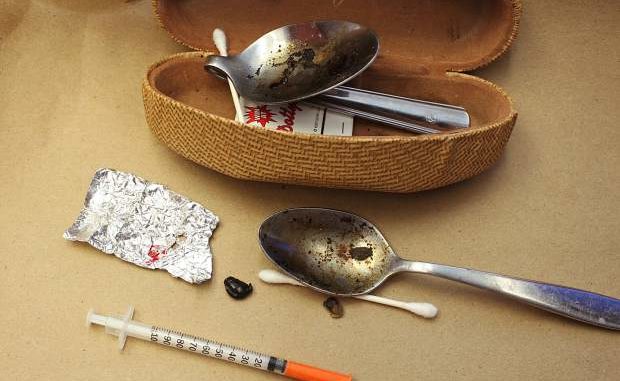
The sad loss of Philip Seymour Hoffman due to overdose, unfortunately, isn’t a unique story. Deaths due to drug overdose – technically referred to as “accidental poisonings” – have become all too common.
Overdoses are more common than you’d think. Whether you’re from Baltimore, Providence, my hometown of Quincy, or anywhere in the United States, heroin overdoses are happening far too often. Some of these addicts are overdosing for the first time, and many for their second, third, or tenth time. And the problem is growing.
So what is heroin?
Back in the late 1800’s, morphine addiction was a common problem. Although many people first used morphine for medical purposes, some used it recreationally, and others used it by accident as predatory companies and “snake oil” salesmen added it to products.
Morphine is a psychoactive chemical derived from the opium poppy, along with the other chemicals codeine and thebaine. That’s why these three chemicals are referred to as opioids – they all come from opium. All three of these drugs are called analgesics, which simply means they are painkillers.
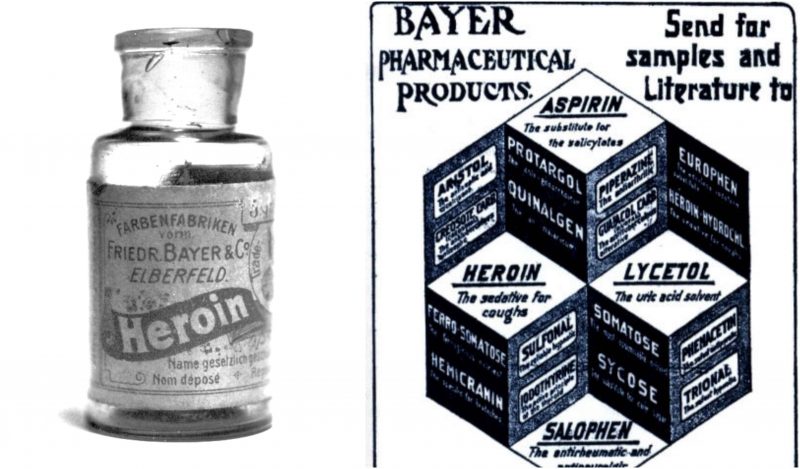
Because morphine was leading to addiction, many companies sought to find alternatives to morphine. In 1895, the German drug company Bayer (as in Bayer Aspirin) created the product Heroin. It turned out this synthesized version of morphine, known scientifically as diamorphine, wasn’t less potent – it was at least twice as potent (some sources say four times as potent), which meant it was even more addictive than the morphine it was meant to replace! Heroin was primarily marketed as a cough suppressant around the world, but it was quickly abused.
That Bayer knew their new product was more powerful should not be ignored.
The Rise of Prescription Pills
Even as early as 1916, pharmaceutical companies realized that another analgesic (painkiller) option was needed. That same year, scientists in Germany created oxycodone, which is a painkiller made from the opioid thebaine. Over the years, many companies created their own painkiller brands containing oxycodone, such as Merck introducing Scophedal (SEE), Endo Pharmaceuticals introducing Percocet, and Purdue Pharma introducing OxyContin.
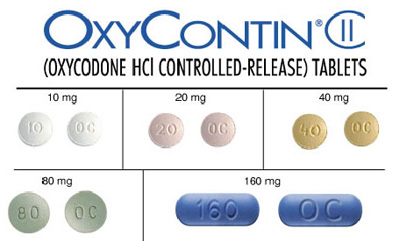
These products by themselves are not necessarily evil, but the way some of these companies marketed and sold them is. It’s no secret that malpractice lawsuits have grown steadily since the 1970’s. Some of these consisted of patients complaining of pain and not getting enough relief. Doctors looked to prescribe painkillers, and some companies were willing to twist the truth as to just how dangerous their painkillers were.
In 1995, the FDA approved the drug OxyContin, a brand of oxycodone made by Purdue Pharma. The drug was wrapped in a time-release capsule, but people discovered that crushing the pill allowed for the immediate release of the oxycodone inside. Purdue was soon cranking out millions of these pills, and bringing in billions of dollars. Just six years after Purdue started making OxyContin, even they acknowledged that Oxycontin was one of the most abused drugs on the market. Even with this acknowledgment, Purdue didn’t halt production of the drug. Rather, Purdue actively misled doctors and the general public on the dangerous addictive properties of OxyContin in order to sell more product! The company eventually paid over $600 million in fines, and top executives just barely avoided prison time.
It’s true that people used these pills recreationally at this time, but many used these pills following the orders of their doctors. Millions of regular Americans have become addicted to drugs because they were taking legal, doctor-prescribed painkillers for legitimate medical reasons, or because they were misled as to how dangerous painkillers were to take recreationally. And when they ran out of their pills and couldn’t get any more prescriptions, they had to find other avenues to feed their addictions.
Enter heroin. Again.
The Rise of Heroin
Opium has been cultivated for thousands of years. In 1895, Heroin was Bayer’s brand name for a morphine substitute, but at the end of World War I Bayer’s assets were confiscated by the Allies, and that included Bayer’s trademarks. It was at this moment that Heroin, and Bayer’s other major product, Aspirin, lost their trademarks. The word aspirin, with a lower-case A, became a generic term for non-narcotic painkillers, and the word heroin, with a lower-case H, became the street name for the chemically-altered opioid painkiller scientists refer to as diamorphine.
Many countries made diamorphine after World War I. For example, India is currently the world’s largest producer of opium for legal pharmaceutical markets and has been doing so since 1961. During the Korean and Vietnam Wars, the US actively helped drug lords in Asia in order to garner support for anti-communist activities. Regardless of whether or not the CIA did directly fly heroin for local drug lords, the drug itself became much more accessible and plentiful back home in the United States.
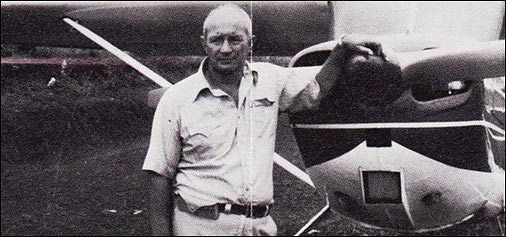
In the 1980’s during the Soviet occupation of Afghanistan, the guerrilla forces, known as the mujahideen, received help from the CIA, and funded much of their activities through the growth of opium. Afghan farmers sold their raw opium to agents in Pakistan who refined it into heroin to distribute to the world market. Some estimate the amount of Afghan-Pakistani heroin grew tenfold during this time.
When the Taliban took over Afghanistan in the late 90’s they continued to increase their economic dependence on the production of heroin. When the US invaded Afghanistan in 2003 it had to ally itself with drug lords fighting against the Taliban, and at times actually protected opium production. With both sides of the war producing opium, Afghanistan is now the world leader in the production of illicit opium, which is almost entirely refined into heroin.
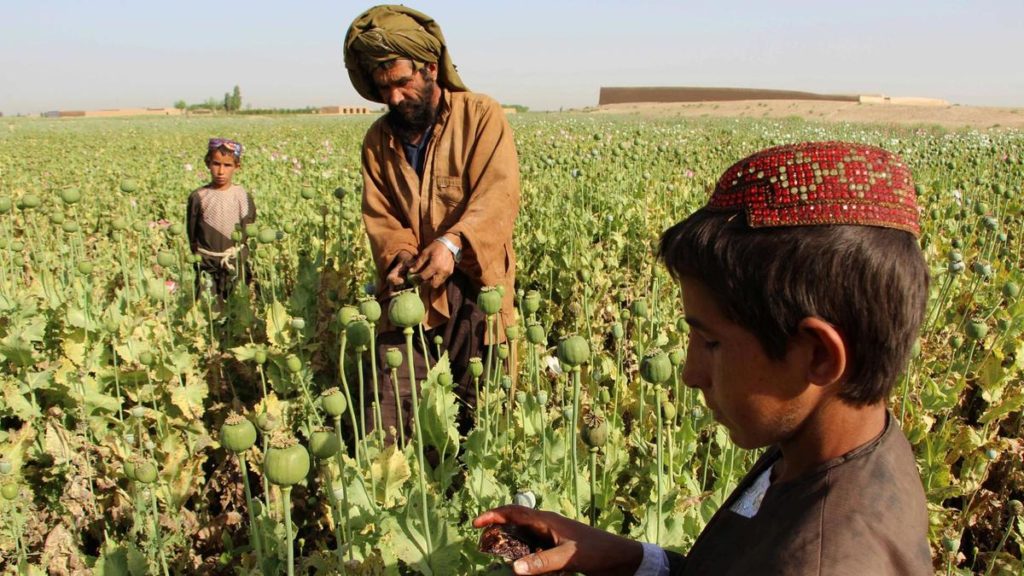
Because of this, over the last ten years street heroin in the United States has never been more pure, and it is incredibly inexpensive. When I’ve asked addicted teenagers why they chose heroin, two common answers are “Because it is cheaper than a six-pack,” and “Because drug dealers don’t check ID.”
A Perfect Storm For Addiction
Many experts refer to our current high levels of heroin addiction as an epidemic. Factors that may have not led to this problem on their own, when combined together, have created a perfect storm for addiction.
- A huge supply of cheap and powerful prescription drugs.
- A billion-dollar disinformation campaign by pharmaceutical companies.
- A dramatic increase in painkiller prescriptions.
- A huge spike in global heroin production.
- An increase in potency of heroin.
- A drop in prices of heroin.
Together these factors have contributed to one of the largest addiction problems of all time in the United States. It affects people of both sexes, all races and cultures, and all ages, sizes, professions, salaries, and just about any other demographic you can measure.
But this isn’t the only bad news. The real bad news is that there are only two ways out of heroin and prescription pill addiction. The first is the incredibly hard process of recovery. The second is the relatively easy, and increasingly common nightmare of overdose.
“Accidental Poisoning”
Medical studies refer to overdoses as “accidental poisonings” because the addict uses so much heroin that he or she literally poisons themselves, often causing death. As an addict continues his heroin or prescription pill usage he develops a tolerance towards the drug. An addict eventually needs to use more heroin to get the same sense of euphoria.
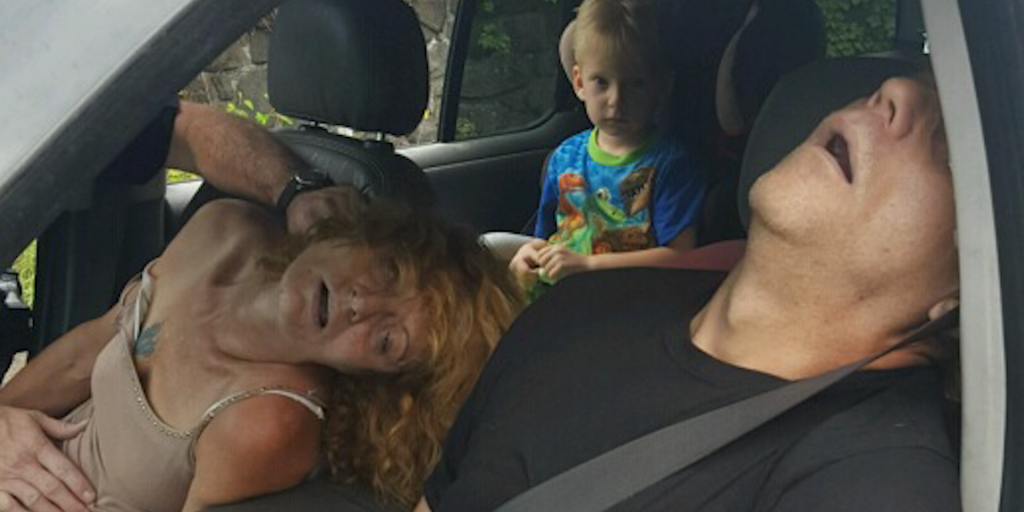
Eventually that dose will exceed what the human body can take, and the addict will overdose. The addict will have trouble breathing, and his blood pressure will drop. The addict will start to turn blue as oxygen stops reaching parts of the body, and drowsiness and disorientation will take over. The opioids, having reached the brain stem at the base of the skull, will start inhibiting the chemoreceptors that control breathing. Eventually the addict will stop breathing and his heart will stop.
What’s worse is that even if an addict survives an overdose, there’s a good chance he’ll go back to using drugs and overdose again. Realistically, if an addict doesn’t seek treatment and sobriety, it’s only a matter of time before he doesn’t survive an overdose.
So What Can Be Done?
The big problem in fighting the heroin epidemic is public awareness. People simply don’t know that there is an opioid epidemic, and it’s important to call it an opioid epidemic because many people still don’t know that prescription pills are made from the same flower that makes heroin. OxyContin, Percocet, Vicodin, Percodan, Dilaudid, MS-Contin, hydrocodone, oxycodone, morphine, codeine, heroin — they all come from the opium poppy.
People need to also be able to recognize signs of addiction. Addicts become secretive and reclusive in order to hide their habit, and will eventually spend all of their money and sell their possessions to feed their habit. When an addict is high on an opioid they are often disoriented. They may have constricted pupils, and will have sudden changes in behavior. They may have slurred speech, and will spend more time sleeping. If they are injecting their drug they will have needle marks at injection sites, such as the inside of the arms. Many addicts snort or smoke their drugs, so they will leave behind burned spoons, aluminum foil, or straws.
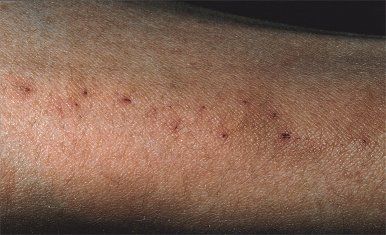
If you suspect a loved one is abusing drugs, you need to protect yourself as well as the person you’re trying to help. Unfortunately, addicts will steal from friends and family, so before you confront someone, make sure money, jewelry, and expensive items are safely contained where the addict can’t get to them. There are many groups and agencies such as Learn2Cope, Narcotics Anonymous, and even possibly your local police station or court house to help you get help for yourself or a loved one.
There are many things being done around the country to battle the opioid epidemic. Communities such as Quincy, Massachusetts have assembled drug task forces combining members of law enforcement, medicine, education, public policy, corrections, and more to attack the problem from multiple angles. Some communities have adopted emergency overdose treatments such as Narcan to save lives.
Before you do anything, take some time to follow some of the links above to learn more about the problem. Opioid addiction will probably never be eradicated, but knowing about it and knowing what you can do about it will help save lives.
Be the first to comment